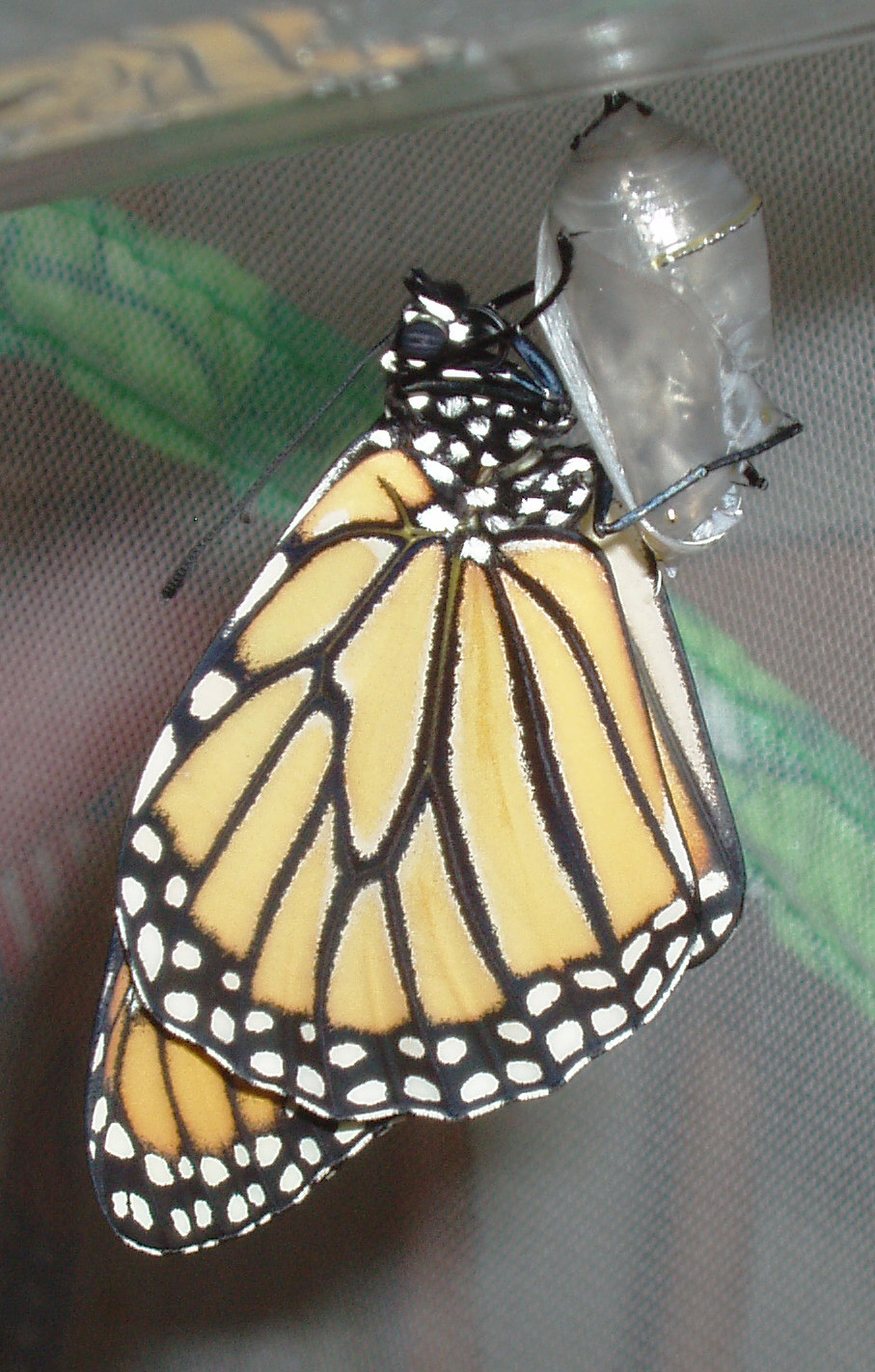© 2017 All Rights Reserved. Do not distribute or repurpose this work without written permission from the copyright holder(s).
Printed from https://www.damninteresting.com/curio/fluid-identity/

When a caterpillar enters the chrysalis stage, it is not merely sprouting wings to become a moth or butterfly. Enzymes inside the chrysalis completely dissolve the entire caterpillar—brain, organs, and all—into a nutrient-rich slurry of protein. Only a few cells remain alive. Once the caterpillar has self-digested, an alternate section of DNA inside the few remaining living cells is expressed, and the cells use the nutrient soup to multiply and develop the new organism. In essence the animal is a chimera; the caterpillar lives and dies, and an entirely new organism emerges from its remains.
Astonishingly, in spite of the radical liquefication of the original organism and its entire nervous system, some memories survive the transition. Researchers at Georgetown University have found that they can train caterpillars to avoid particular odors by associating them with a mild electric shock. After these trained caterpillars metamorphosized into moths they continued to avoid the shock-associated odors, demonstrating some kind of as-yet-inexplicable memory retention from the larval stage.
© 2017 All Rights Reserved. Do not distribute or repurpose this work without written permission from the copyright holder(s).
Printed from https://www.damninteresting.com/curio/fluid-identity/
Since you enjoyed our work enough to print it out, and read it clear to the end, would you consider donating a few dollars at https://www.damninteresting.com/donate ?
Yet again, a topic completely new to me – thanks!
Also, I don’t know how I managed to miss this in 2017. I have been reading DI daily for years.
No one else has posted?
Pity.